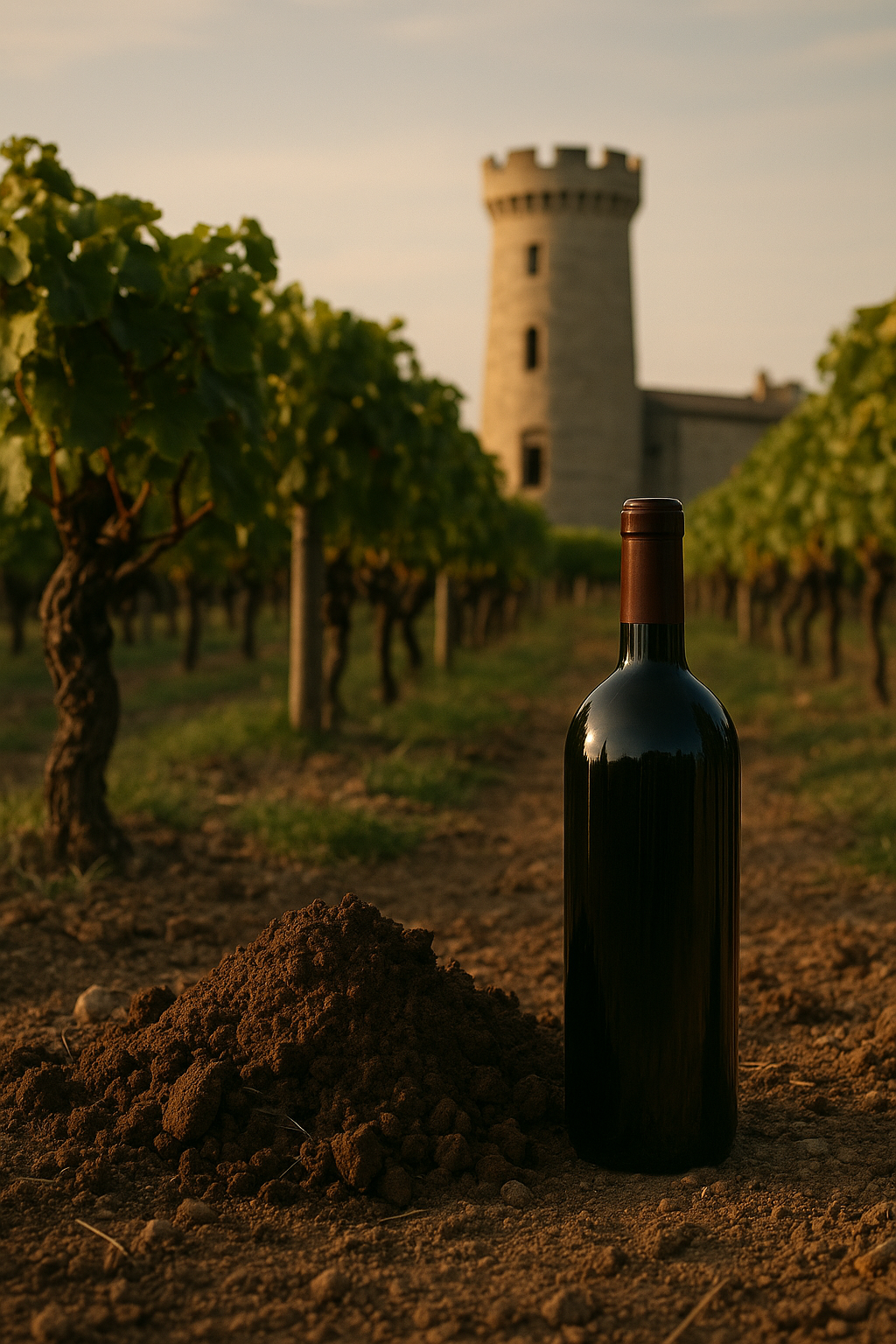
Vintage Secrets: Top Soil's Role in 2015 Latour
Share
Unearthing the Legacy: The Historic Significance of Château Latour
Château Latour, a name synonymous with excellence in Bordeaux, boasts a rich history that is as layered as the soils it thrives upon. Established in the 14th century, this prestigious estate has long been revered not only for its remarkable wines but also for its pioneering approach to viticulture. The estate's unique terroir, characterized by its gravelly soils, plays a crucial role in the cultivation of the Cabernet Sauvignon grapes that define its iconic vintages. The interplay between the soil composition and the climate creates an environment where vines can flourish, yielding wines of unparalleled depth and complexity.
In 2015, the meticulous care with which the vineyard was tended became evident, as the vintage showcased the estate's commitment to quality. The legacy of Château Latour is not merely a reflection of its historical significance but also a testament to the enduring relationship between the land and the artistry of winemaking. Understanding this connection enhances our appreciation of the 2015 vintage, inviting us to explore the nuances that make each sip a journey through time and tradition.
Beneath the Vines: How Topsoil Influences Terroir and Tasting Notes
Topsoil, often overlooked in the grand narrative of winemaking, serves as the foundation upon which the character of a vineyard is built. In the case of the 2015 Château Latour, the topsoil's composition plays a crucial role in shaping the wine's terroir. Rich in minerals and organic matter, the topsoil here allows for optimal drainage while retaining essential moisture. This delicate balance fosters the deep root systems of Cabernet Sauvignon and Merlot vines, encouraging them to extract nuanced flavors from the underlying subsoil.
As the vines draw nutrients from the topsoil, they impart distinct tasting notes that reflect their environment. The mineral-rich layers contribute to the wine's structure, while the organic components enhance its aromatic profile, resulting in a complex bouquet of dark fruits, subtle earthiness, and hints of spice. Thus, the interplay between topsoil and vine health not only influences the wine's taste but also encapsulates the essence of the 2015 vintage, making it a true reflection of its terroir.
2015 in Focus: The Impact of Top Soil on Latour's Vintage Excellence
In 2015, the significance of topsoil at Château Latour became a defining factor in the vineyard's vintage excellence. The unique composition of the soil, rich in clay and gravel, played a pivotal role in retaining moisture during the hot growing season, allowing the vines to thrive despite the challenging conditions. This moisture retention was crucial, as it enabled the grapes to develop a balanced acidity and concentrated flavors, essential for producing high-quality wine.
Moreover, the topsoil's mineral content contributed to the complexity of the wine, enhancing its aromatic profile and depth. The interplay between the terroir and the meticulous vineyard management practices further amplified the potential of the vintage. As the grapes were harvested, winemakers at Latour were able to harness the full expression of the land, resulting in a wine that not only reflects the characteristics of the year but also embodies the essence of the estate itself. This synergy between soil and climate ultimately set the stage for the remarkable wines that emerged from 2015, solidifying Latour's reputation for excellence.
